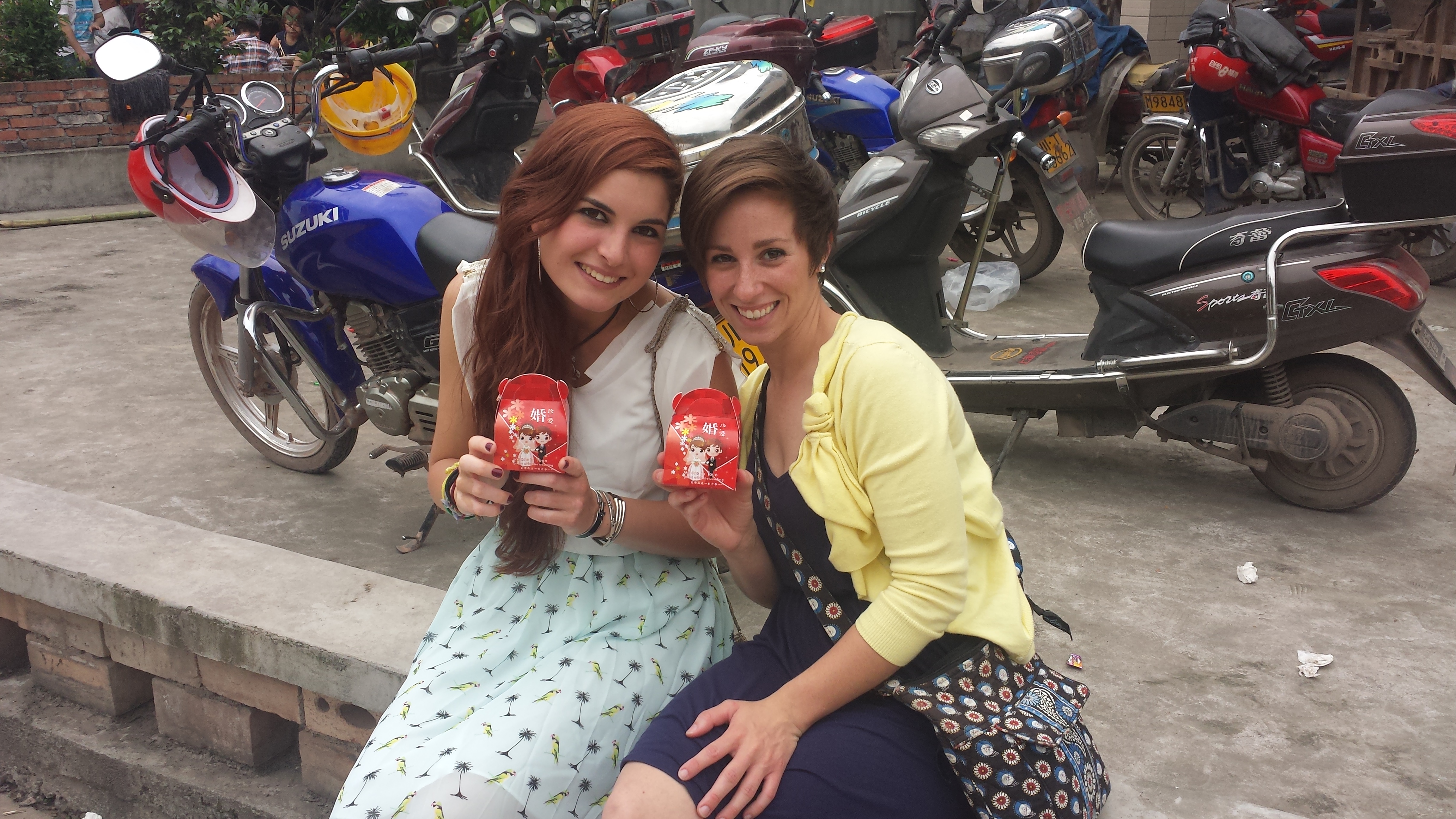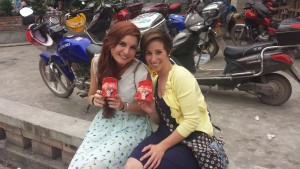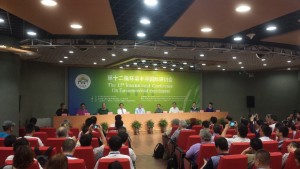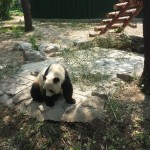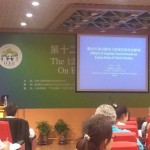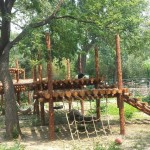PDX Wildlife was fortunate to be invited to Beijing for the International Conference on Environmental Enrichment. Our very own Lauran Hunter and Maria Blanco Perez were able to attend. A special thanks goes to Dr. Dingzhen Liu of the Beijing Normal University for hosting such a wonderful event. From all accounts, everyone really enjoyed their time. Here is what Lauran had to say-
This week was the International Conference on Environmental Enrichment, hosted by the Beijing Zoo for the first time. I felt very fortunate being able to attend the conference, because 1) it wasn’t cheap and 2) there were a lot of important presenters, i.e. David Sheperdson, Jon Coe, Shape of Enrichment, Hilda Tresz (Phoenix Zoo), PGVA designers, Mr. Lou Bo from Bifengxia Panda Base, and many more. The opening ceremony was on Monday and it was fascinating to learn about China’s knowledge and involvement with enrichment.
Enrichment to the Chinese is a relatively new idea. The idea of enrichment didn’t really come into play until 2002, when an enrichment training workshop from the National Zoo introduced the concept. So up until that point there was little to no work with enrichment. Once the workshop was over, enrichment was only introduced by managers or technical support staff, not keepers. It wasn’t until the second workshop in 2006 that the idea of training keepers to use behaviors and enrichment for observations really took hold. By 2008 captive wild animals enrichment training scientific standards were implemented at big zoos such as Beijing, Shanghai, Guangzhou, and Chengdu. By 2012 an Animal Ethics Code and Animal Welfare was indoctrinated into the zoo profession.
Most of the Western presenters, gave basic talks on how to incorporate daily enrichment into the keeper’s schedule, how to promote natural behaviors, and how important record keeping of enrichment is (did the animal like it, use it, etc.). Because enrichment is such a new concept, there were a lot of questions that caught me off guard. I learned that one of the main attractions of Chinese zoos are going to feed the animals. There were also several presenters from Asian zoos, mainly covering how they use and monitor environmental enrichment. Needless to say, it was very interesting to see how China is developing their zoos to incorporate enrichment.
I’m glad that this conference was held in Beijing and that many Asian zoo affiliates attended the conference. I think this showed them that there is still a long ways to go, but they are moving in the right direction with trying to change animal welfare standards and make as many improvements as they can. Higher standards in environmental enrichment (and most animal welfare issues) is all about educating people and I believe scientists can be the first to set the example and pave the way. It was exciting to hear that China is excited and willing to progress their standards.
Once the conference was over, it was back to reality in Ya’an. On our return we met the other intern, Jasmine. This weekend will definitely be spent getting her adjusted to the base, the ethogram, and life with pandas. In a few days the last intern, Miranda, will join us for the study and we will start to spearhead the personality project in the afternoons.
- Indoor Holding
- Outdoor Panda Enclosure
- Mr. Lou Bo’s Presentation
- Beijing Zoo, Outdoor Panda Exhibit

